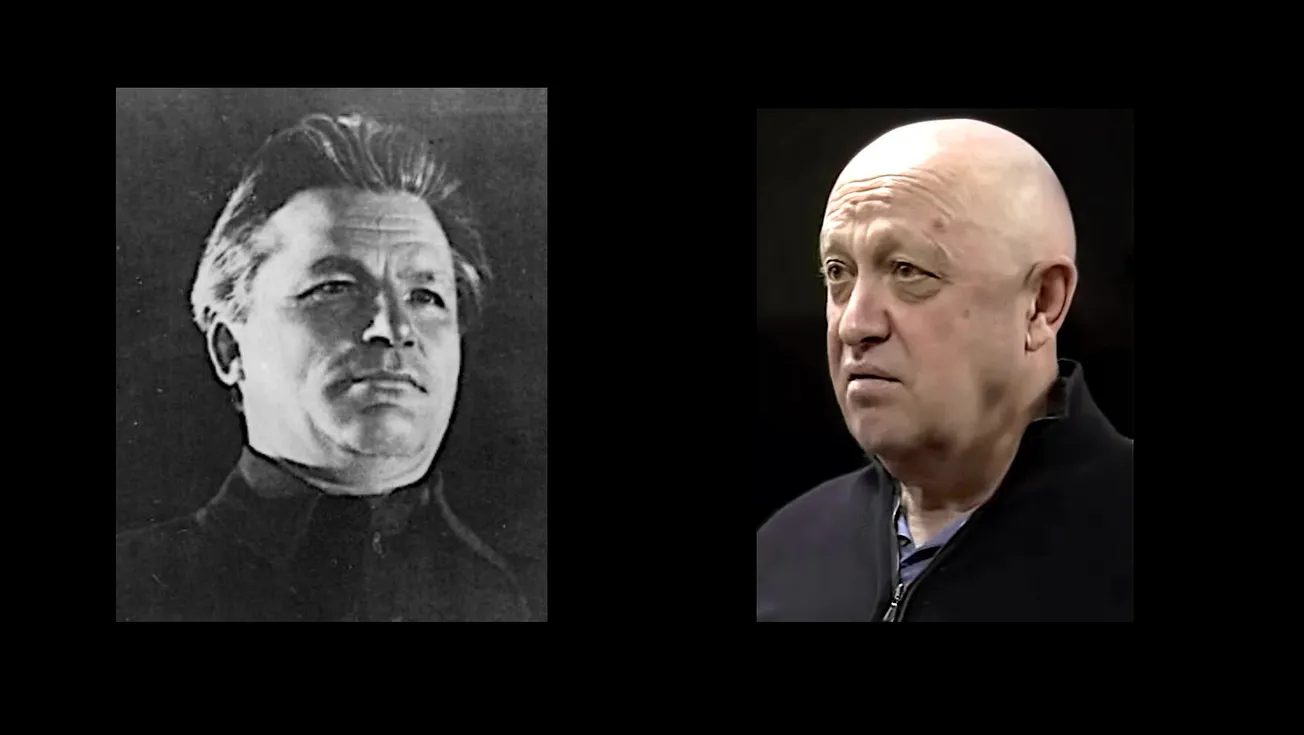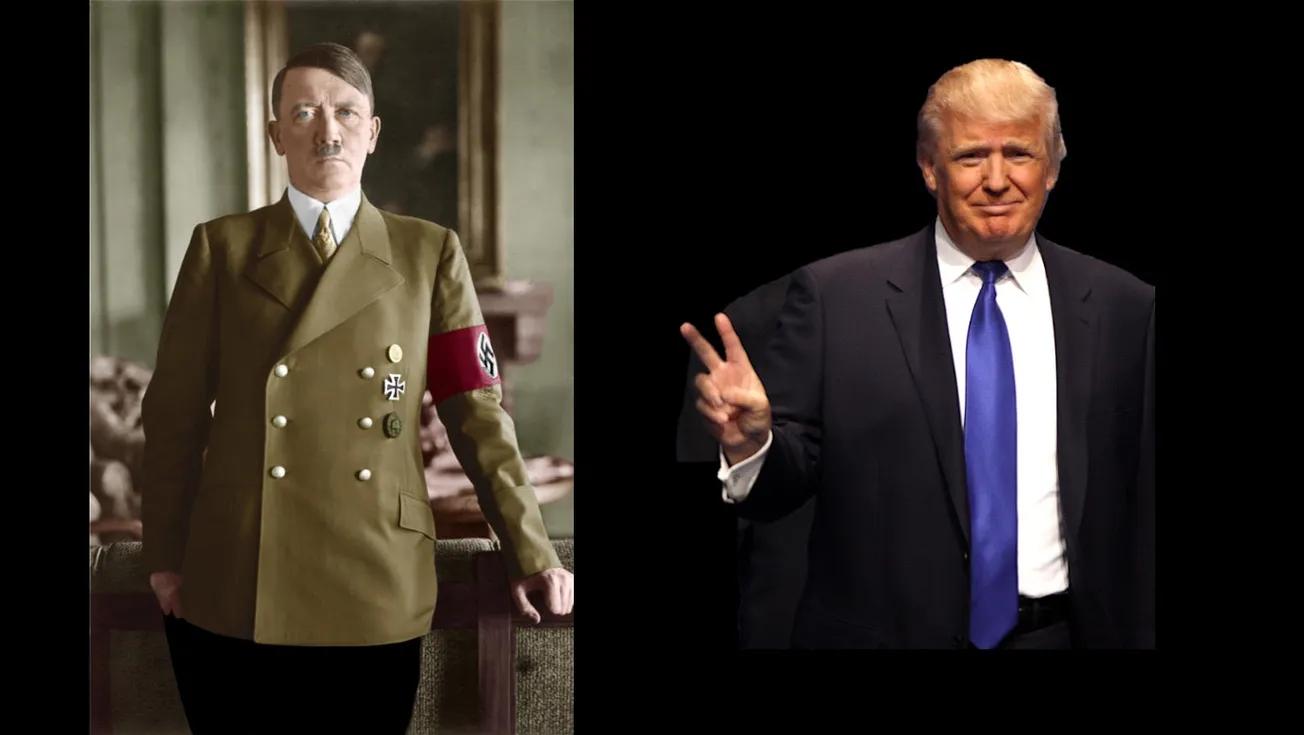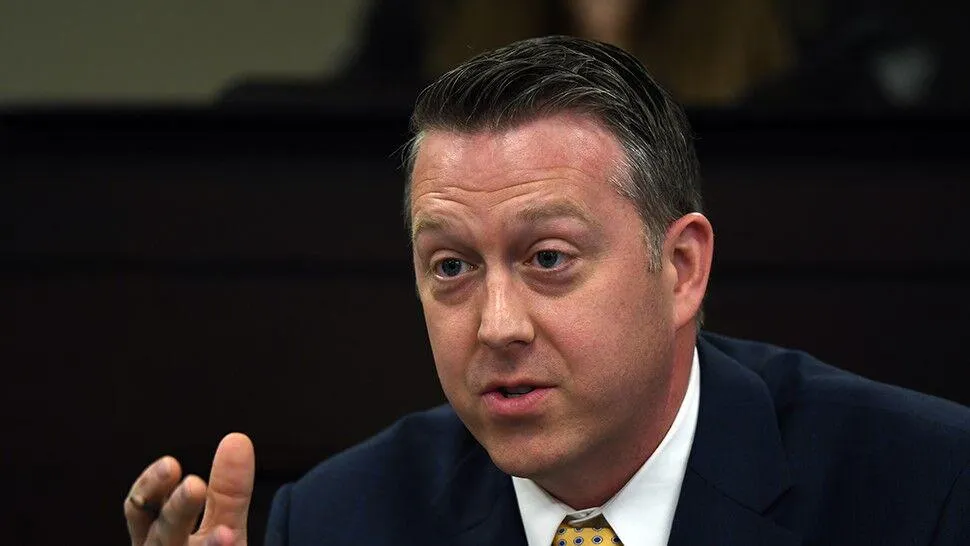“History doesn’t repeat itself, but it sometimes rhymes,” Mark Twain supposedly said.
It’s often true, even if he didn’t actually say it.
The death of Wagner Group leader Yevgeny Prigozhin in a plane crash near Moscow seems to rhyme with the 1934 assassination of Sergei Kirov, the Leningrad Communist Party chief.
Joseph Stalin, then the homicidal Soviet dictator, allegedly ordered Kirov’s murder. Supposedly, Stalin feared that the popular Kirov was a threat to his rule.
Russian strongman Vladimir Putin is suspected of having Prigozhin assassinated. A former close Putin ally, Prigozhin led an abortive rebellion against the Putin regime in June.
“Vladimir Putin does not forgive traitors nor those who challenge him,” wrote the BBC’s Frank Gardner. Neither did Stalin.
Putin is often compared to Stalin who, on a massive scale, had enemies — real or imagined — killed or imprisoned.
Likewise, Russians who have criticized Putin have met violent deaths or are languishing behind bars.
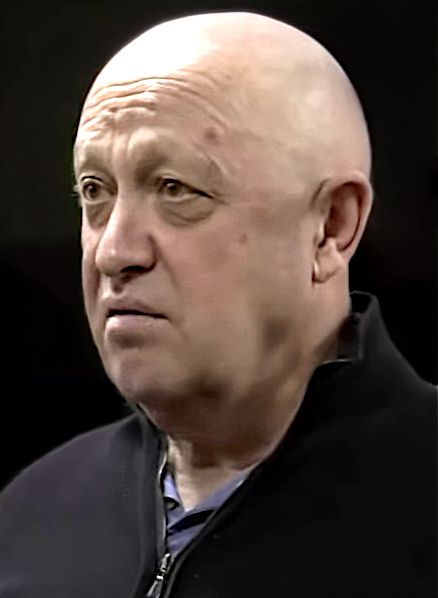
Prigozhin was a murderous war criminal. His and his sadistic Wagner mercenaries are guilty of countless, unspeakable atrocities in Ukraine, Africa, and the Middle East, where they have acted as a proxy for the Kremlin.
“Terror follows [Prigozhin] and his mercenaries – and we should not forget that,” wrote The Independent’s Chris Stevenson.
Prigozhin’s plane was evidently destroyed by a bomb smuggled on board. The private jet went down on Aug. 23, leading some to speculate that Putin deliberately chose to have Prigozhin killed on the two-month anniversary of the day he threatened to use his mercenaries to “sort things out” with the Kremlin.
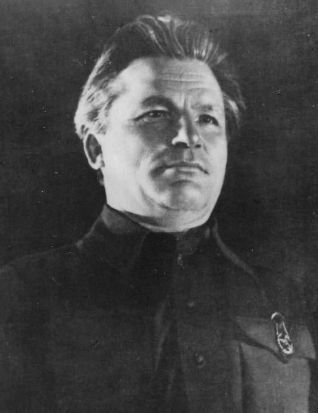
Going on 89 years before, Sergei Kirov was an up-and-comer in the Soviet Communist Party. He was a personal friend of Stalin’s. Not just the Leningrad party boss, he was also a member of the elite Politburo.
While Prigozhin crossed Putin, there is no evidence that Kirov schemed against Stalin. No matter – on Dec. 1, 1934, Leonid Nikolaev, a local Communist, shot Kirov dead in the Smolny Institute, the Communist Party headquarters in Leningrad (now St. Petersburg).
It has never been conclusively proved that Stalin had Kirov killed. But strong circumstantial evidence suggests he did. Nikolaev was quickly tried, found guilty, and shot. After all, dead men tell no tales.
Stalin arranged elaborate funeral rites for Kirov in Leningrad and Moscow. He supposedly kissed Kirov on the cheek as he lay in his open coffin. Kirov was cremated, and his ashes were ceremoniously buried in the Kremlin Wall.
Apparently, no such pomp and ceremony awaits Prigozhin. “State Duma lawmaker Vitaly Milonov called for Prigozhin’s funeral and burial to be held in war-torn Bakhmut, a tactic that would prevent the thousands of Wagner members and their families from paying tribute, and would ensure his grave does not turn into a popular shrine for hard-line pro-war nationalists,” wrote Robyn Dixon and Mary Ilyushina in The New York Times. “But such a move would also make it dangerous for Prigozhin’s own family to attend the funeral and visit the grave.”
Stalin used Kirov’s murder as a pretext for the Great Purge of 1936 to 1938, in which a million or more people may have died. As an especially chilling reminder of his power, Stalin staged rigged show trials — and invited the Western press to watch — where prosecutors bullied top military commanders and government officials whose guilt was a foregone conclusion. Most were summarily executed.
It is, of course, too early to tell if the elimination of Prigozhin is a precursor to Stalinesque purges by a paranoid Putin.
Even so, The Intercept’s James Risen sees in Prigozhin’s death parallels between Putin and Adolf Hitler, not Stalin.
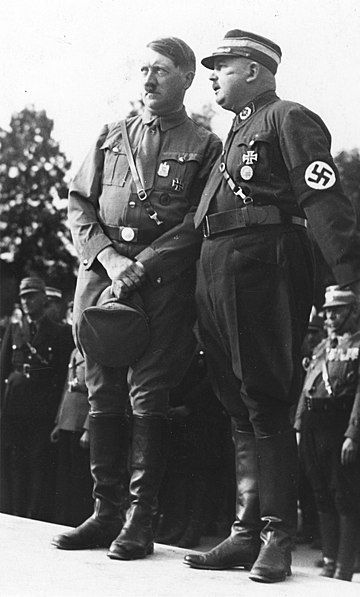
“Although Putin’s role in the plane crash is not entirely clear, [it was] ... reminiscent of the ‘Night of the Long Knives,’ Adolf Hitler’s 1934 purge of the SA, a Nazi paramilitary organization also known as the Brownshirts that Hitler feared was becoming too powerful and too difficult to control,” he wrote.
“Prigozhin was similar in many ways to Ernst Röhm, the head of the SA. An early and avid supporter during Putin’s rise to power in St. Petersburg, Prigozhin grew so close to him that he became known as Putin’s “chef.” Röhm, meanwhile, was one of Hitler’s earliest lieutenants and took part in the Nazi’s failed Beer Hall Putsch in Munich in 1923, a decade before Hitler gained power.”
Though Putin was a KGB officer in the Soviet Communist era, his regime could be accurately described as fascist or at least fascist-leaning. The Wagner Group is evidently named for German composer Richard Wagner, a rabid antisemite and Hitler’s favorite music man. One of Prigozhin’s inner circle who died in the plane crash was ID’d by his Nazi tattoos.
We may never find “smoking gun” evidence that Stalin had Kirov shot or that Putin had Prigozhin blown out of the sky.
But was Putin’s alleged slaying of his friend-turned-foe Stalinist or Hitlerian? It could be both. But either way, I hear history rhyming.
--30--
— All photos via Wikimedia Commons. —
Comments


